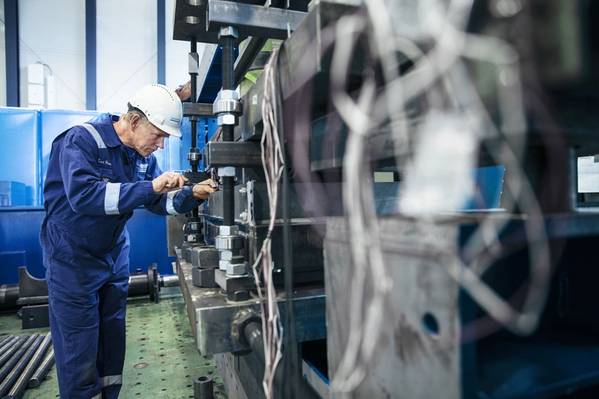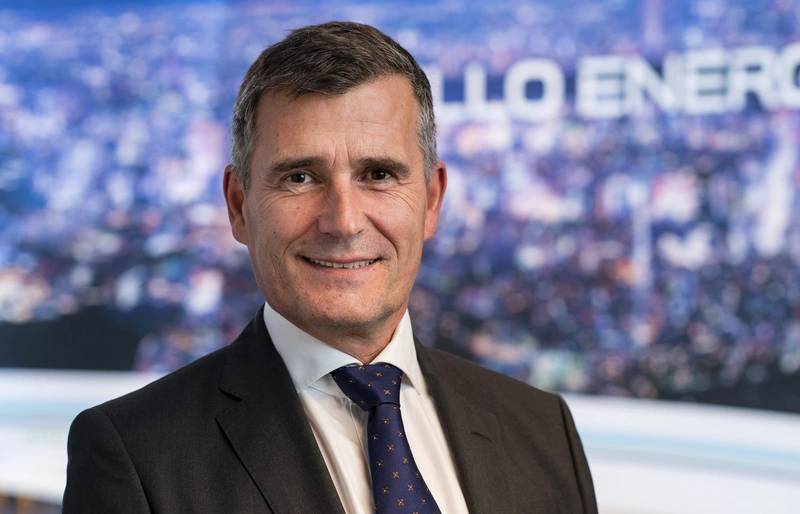
DNV secured partners to launch a new project to enhance technology development and prepare for scale/industrialization of concrete substructures for floating offshore wind.
The new Joint Industry Project (JIP) called Concrete FLOW will optimize requirements for concrete floaters (floating or semisubmersible structures, generally moored to the seabed, used as foundations upon which equipment can be mounted), specifically tailored for floating offshore wind farms.
At the kick-off meeting 14 key partners committed to redefining global standards for the production of concrete floaters in the offshore wind industry. The collaborative results are earmarked for incorporation into future DNV service documents.
By uniting key players, Concrete FLOW aims to drive innovation and shape the future of floating offshore wind energy. “This initiative symbolizes a collaborative effort to set new standards and challenge existing ones, laying the groundwork for the future of floating wind,” said Kim Sandgaard-Mørk, Executive Vice President for Renewables Certification at DNV. “We have engaged with 30 companies to discuss this initiative, and Concrete FLOW reflects a core aspect of our strategy : aiming to leverage collective expertise to drive impactful change in the renewable energy sector. Ultimately, the whole energy industry stands to benefit from projects that introduce sustainable solutions to support the global energy transition.”
Concrete floaters pose special challenges, particularly related to topics such as leak proofness, which govern the design of the floater. Balancing controlled cracking of concrete structures to maintain floatability and ensure long-term durability is crucial. DNV sees concrete floaters as a cost-effective and environmentally friendly alternative to steel floaters, particularly for larger turbine sizes.
Refinements to design provisions should enhance material efficiency while maintaining the historically robust performance of offshore concrete structures. Notably, Concrete FLOW is the first-ever JIP dedicated to concrete floaters for floating offshore wind, underlining its global relevance and impact on the renewable energy sector. Its primary objective is to enhance standard requirements, customizing them for industrial production to enable serial production; the goal is to significantly reduce costs and streamline the manufacturing process.
The project encompasses concrete structures, geotechnics, and floating technologies and welcomes additional partners interested in contributing to this pivotal innovation for the future of offshore wind technology.
 Kim Sandgaard-Mørk, Executive Vice President for Renewables Certification, Energy Systems at DNV. Image courtesy DNV
Kim Sandgaard-Mørk, Executive Vice President for Renewables Certification, Energy Systems at DNV. Image courtesy DNV



